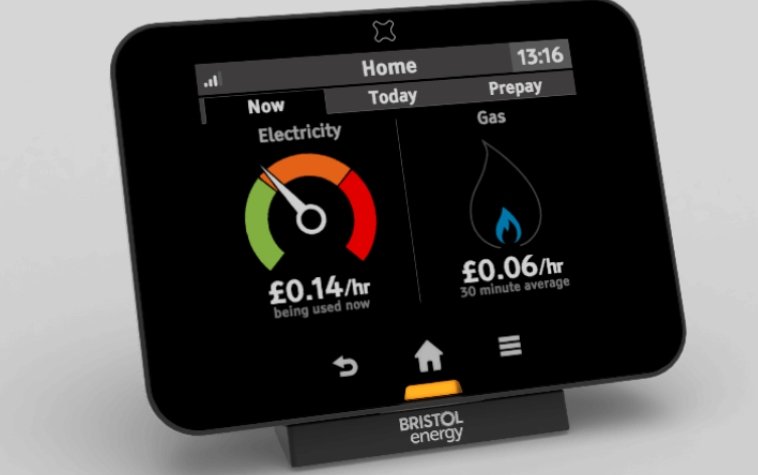New research suggests that flexibility in household energy use—including when and how people use electricity—could be the key to unlocking a more efficient, resilient, and low-carbon energy system.
According to the Behavioural Insights Team (BIT), working in collaboration with Smart Energy GB, over 60% of the emissions reductions needed to reach net zero in the UK will depend on changes in public behaviour. And while technology will play a major role—from heat pumps to electric vehicles—it’s consumer-led flexibility that may quietly revolutionise the way Scotland powers its homes.
What Is Demand Flexibility—and Why It Matters
Demand flexibility, or consumer-led energy flexibility, refers to the ability of individuals to shift energy use to different times of day, typically when electricity is cheaper and cleaner. For example:
-
Charging an electric vehicle (EV) overnight rather than during evening peak hours
-
Using energy-intensive appliances like dishwashers or washing machines in off-peak windows
-
Automatically adjusting smart heating systems based on tariff signals
These actions help reduce peak load, lower emissions, and allow the grid to make the most of renewable energy when it’s most abundant.
“Demand flexibility is about more than savings—it’s about resilience and maximising our renewable potential,” said a spokesperson from Smart Energy GB. “And consumers are starting to recognise that.”

The Smart Meter Connection
Central to enabling this transformation is the humble smart meter.
BIT’s report highlights that smart meter users have a stronger grasp of their own energy habits—and crucially, they’re better equipped to change them. Smart meters provide real-time data, enabling energy providers to offer dynamic tariffs and flexibility rewards, such as lower rates for using power at non-peak times or even point-based incentives.
📉 Key benefits of smart meter-enabled flexibility:
-
Lower energy bills for households
-
Smoother grid management
-
Less dependence on fossil fuel peaker plants
-
Higher utilisation of wind and solar energy
Public Understanding: The Missing Link
Despite the promising potential, many Scottish households still lack awareness of how flexibility schemes work—or how they could benefit from them.
BIT’s analysis shows that while cost savings, convenience, and a sense of control are key motivators, clearer messaging and trusted voices are needed to shift habits at scale.
“This isn’t just a technology issue—it’s a communications issue,” said a behavioural specialist at BIT. “Consumers are asking for simple, jargon-free guidance from people and organisations they trust.”
A Grassroots Climate Solution
The concept is deceptively simple: by adjusting the timing of energy use, households can play a frontline role in climate action. But for this to work, a few conditions must be met:
-
Consumer awareness: People need to know what demand flexibility is and why it matters.
-
Access to technology: Households must be equipped with smart meters and smart appliances.
-
Incentives: Energy providers must offer tariffs and rewards that reflect the real value of shifting energy use.
Some providers have already launched schemes that reward customers for adjusting their energy usage during high-demand periods. Trials have shown that even modest incentives—£5 or £10 per month—can spark significant changes in household behaviour.
Scotland’s Net Zero Puzzle
Flexibility isn’t the only lever in Scotland’s journey to net zero, but it’s one of the most underestimated tools. As heat pumps, EVs, and domestic batteries become more common, managing demand intelligently will become vital to grid stability and renewable integration.
The Scottish Government and its agencies now face the challenge of building momentum, not just with infrastructure, but with the public. As Suzanne Sosna of Scottish Enterprise recently said in a separate context:
“We need a whole-system approach—one that includes people, not just projects.”
The Road Ahead
To deliver on its net zero promise, Scotland will need more than wind farms and green hydrogen—it will need millions of households engaging with the energy system in a new way.
That means turning passive consumers into active participants, equipped with data, incentives, and a clear understanding of their role in the energy transition.
The journey won’t happen overnight, but it’s already underway—one smart meter at a time


















